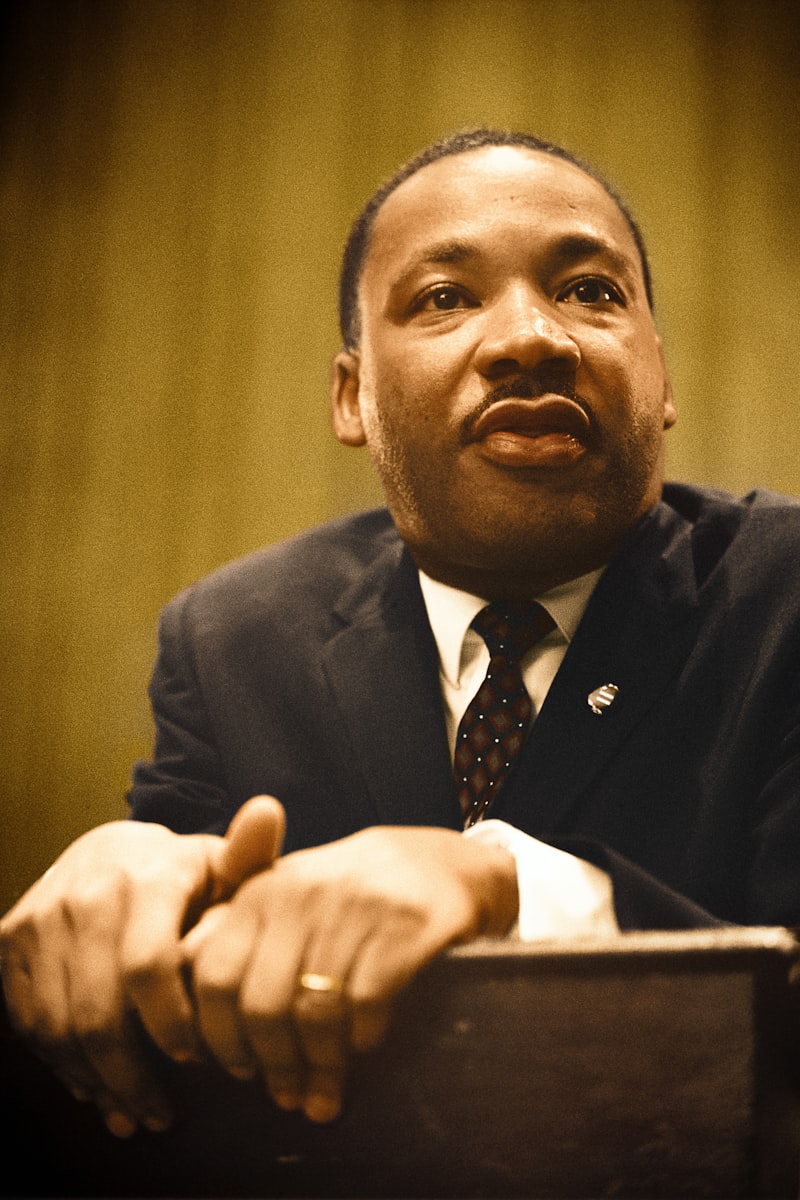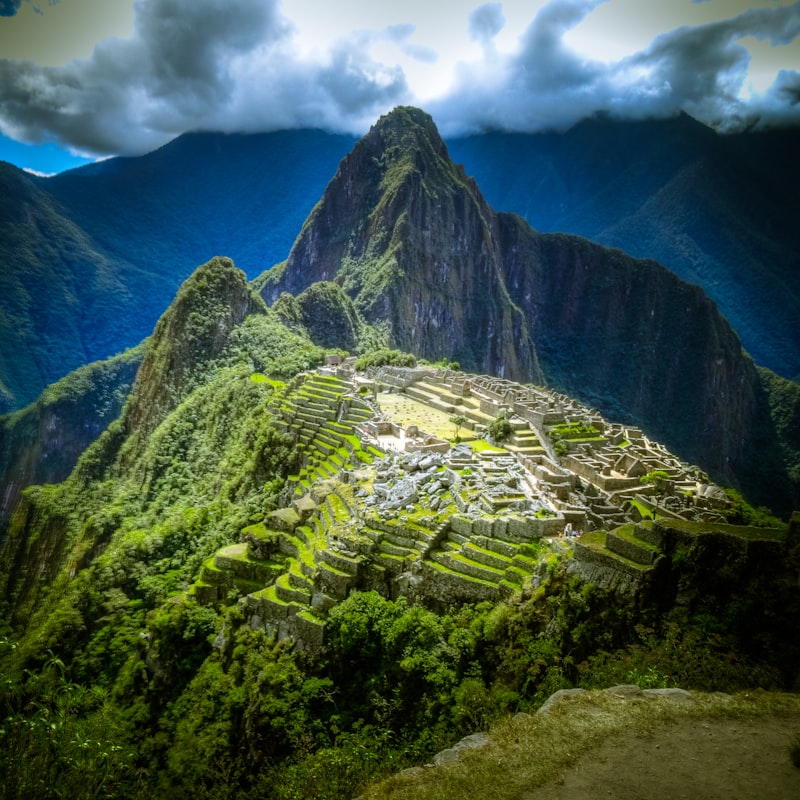
In ancient civilizations, tales of ghosts, demons, and malevolent spirits were passed down through oral traditions, serving as cautionary tales and explanations for natural phenomena that defied understanding. These early narratives laid the foundation for what would become the horror genre, tapping into our most primal instincts of fear and survival.
As societies developed, so too did the storytelling. Gothic literature of the 18th and 19th centuries delved deeper into themes of the supernatural and psychological terror. Authors like Edgar Allan Poe and Mary Shelley crafted narratives that explored the darker aspects of human nature, often blurring the lines between reality and nightmare.
The 20th century witnessed a revolution in horror, propelled by the advent of cinema. Silent films like “Nosferatu” and “The Cabinet of Dr. Caligari” set the stage for the visual storytelling that would define the genre. With the arrival of sound, iconic monsters like Dracula, Frankenstein’s creature, and the Wolf Man leaped off the pages and onto the silver screen, captivating audiences with their terrifying presence.
As the decades unfolded, horror evolved to reflect contemporary fears and anxieties. The 1970s and 80s saw the rise of slasher films, epitomized by classics such as “Halloween” and “Friday the 13th,” where masked killers stalked unsuspecting victims in suburban settings. Psychological horror also came to the forefront with films like “The Shining” and “Psycho,” exploring the depths of human madness and the fragility of the mind.
Today, the horror genre continues to reinvent itself, embracing new technologies and storytelling techniques to keep audiences on the edge of their seats. From supernatural hauntings to psychological thrillers, horror remains a genre that taps into our deepest fears and fascinations, reminding us that sometimes, the most terrifying monsters are those that reside within ourselves.
Unveiling Darkness: Tracing the Origins of Horror Fiction
Imagine stepping into a world where the boundaries of reality blur and the unknown lurks in every corner. Horror fiction, at its core, seeks to evoke fear and suspense in its readers, drawing upon the darkest facets of human imagination. It’s a genre where the supernatural meets the psychological, where monsters embody our deepest fears and nightmares come alive on the page.
The roots of horror fiction stretch back centuries, intertwining with folklore, mythology, and the human fascination with the macabre. Early examples can be found in ancient texts like Homer’s Odyssey, where encounters with monsters like Scylla and Charybdis evoke a sense of dread and wonder. These tales set the stage for later literary pioneers who would delve deeper into the realms of horror.
In the 18th and 19th centuries, writers such as Edgar Allan Poe and Mary Shelley pioneered the modern horror genre. Poe’s macabre tales, such as “The Tell-Tale Heart” and “The Fall of the House of Usher,” explored the depths of madness and despair, leaving readers haunted by their psychological intensity. Meanwhile, Shelley’s “Frankenstein” introduced the world to a new kind of horror — one that questioned the boundaries of life and death and the consequences of scientific ambition.
As the genre evolved, so too did its themes and tropes. The Victorian era saw a surge in Gothic literature, with authors like Bram Stoker bringing vampires out of the shadows and into popular culture with “Dracula.” This era also birthed ghost stories that continue to chill readers to this day, such as Henry James’s “The Turn of the Screw.”
In the 20th and 21st centuries, horror fiction expanded its horizons, embracing diverse voices and exploring new fears. Authors like Stephen King redefined the genre with modern classics like “IT” and “The Shining,” while filmmakers adapted these tales to create iconic horror movies that continue to terrify audiences worldwide.
Today, horror fiction continues to thrive, adapting to reflect contemporary anxieties and pushing the boundaries of fear. Whether exploring haunted houses, confronting existential dread, or unearthing the horrors lurking within ourselves, the genre remains a powerful testament to the enduring fascination with the unknown and the thrill of being scared.
From Gothic Roots to Modern Screams: A Timeline of Horror’s Evolution
The roots of horror can be traced back to the 19th century, where Gothic literature laid the foundation for tales of the supernatural and the macabre. Authors like Edgar Allan Poe and Mary Shelley crafted narratives that delved into the darkest corners of human imagination, setting the stage for what would become a genre of its own.
As cinema emerged in the early 20th century, horror found a new medium to haunt. Silent films like “The Cabinet of Dr. Caligari” (1920) and “Nosferatu” (1922) introduced audiences to eerie visuals and spine-chilling atmospheres. These movies relied on shadowy landscapes and haunting music to evoke fear, captivating viewers with their primitive yet effective techniques.

The golden age of horror dawned in the 1930s with Universal Pictures’ iconic monsters: Dracula, Frankenstein’s Monster, and the Wolf Man. These films brought horror out of the shadows and into mainstream culture, blending Gothic elements with the allure of Hollywood glamour. Audiences were drawn to the thrill of encountering these legendary creatures on the silver screen.
By the 1950s and 60s, horror underwent a metamorphosis influenced by societal anxieties and scientific advancements. Films like “Psycho” (1960) and “Night of the Living Dead” (1968) challenged traditional narratives, exploring psychological terror and societal breakdowns. These movies reflected the turbulent times and pushed boundaries, leaving a lasting impact on the genre.
The 1970s and 80s ushered in a new era of horror with the rise of slasher films and supernatural thrillers. Icons like Michael Myers, Freddy Krueger, and Jason Voorhees became household names, embodying primal fears and becoming cultural phenomena in their own right. Special effects and suspenseful storytelling elevated horror to new heights, captivating audiences with visceral scares and unforgettable villains.
Today, horror continues to evolve with a blend of classic motifs and innovative storytelling techniques. From psychological horror to paranormal activity, filmmakers explore the depths of fear in ways that resonate with modern audiences. The genre thrives on pushing boundaries, challenging viewers to confront their deepest fears while celebrating the enduring legacy of horror’s evolution.
The Birth of Fear: Exploring Early Influences on Horror Literature
The birth of horror literature can be traced back to early civilizations, where tales of malevolent spirits, vengeful gods, and supernatural entities were woven into oral traditions. These stories served not only as cautionary tales but also as a means to explore the unknown and unexplainable aspects of existence. They were whispered around campfires to both terrify and enlighten listeners about the darker aspects of human nature and the world beyond.
As societies evolved, so too did the narratives of horror. In medieval Europe, Gothic literature emerged as a prominent precursor to modern horror, with authors like Edgar Allan Poe and Mary Shelley delving into themes of madness, death, and the macabre. Their works, such as “The Tell-Tale Heart” and “Frankenstein,” pushed the boundaries of conventional storytelling by delving into the depths of human psychology and exploring the consequences of tampering with the natural order.
The 19th and early 20th centuries witnessed a surge of interest in supernatural horror, spurred on by authors like H.P. Lovecraft and Bram Stoker. Lovecraft’s cosmic horror, characterized by its emphasis on existential dread and incomprehensible cosmic entities, challenged readers to confront the insignificance of humanity in the vast cosmos. Meanwhile, Stoker’s “Dracula” introduced the iconic vampire figure, tapping into fears of the unknown and the allure of forbidden desires.

In the modern era, horror literature continues to evolve, reflecting contemporary fears and societal anxieties. From psychological horror to dystopian nightmares, authors explore themes ranging from technological paranoia to ecological collapse, resonating with readers who seek to confront and understand their deepest fears.
Thus, the evolution of horror literature serves as a testament to humanity’s fascination with the unknown and our enduring quest to confront the shadows that lurk within and beyond. As we delve deeper into the realms of fear, we continue to uncover new narratives that both terrify and enlighten, reminding us of the enduring power of storytelling to explore the darkest corners of the human experience.
Monsters and Myths: Ancient Tales that Shaped Horror’s Foundation
Imagine a time when the night was not just a period of rest, but a realm where unseen creatures prowled. From the depths of Greek mythology emerged beings like the dreaded Medusa, whose gaze turned men to stone, and the monstrous Hydra, with its regenerating heads striking fear into the hearts of heroes. These creatures embodied primal fears and moral lessons, their tales warning against vanity, greed, and the perils of challenging the divine.
Across ancient civilizations, from Egypt to Mesopotamia, myths of vengeful spirits and malevolent deities spoke to the mysteries of life and death. The Egyptians feared the wrath of Ammit, the devourer of souls, awaiting those whose hearts were heavier than a feather in the afterlife. Meanwhile, the Babylonians whispered of the demoness Lamashtu, who preyed upon infants and mothers during childbirth, a chilling reminder of the fragility of life.
In Norse mythology, the monstrous Fenrir wolf, bound by fate to bring about Ragnarök, symbolized the unstoppable force of chaos that even the gods could not control. Its legend reflected the Norse worldview of a harsh and unpredictable universe where bravery in the face of inevitable doom was the ultimate virtue.

These ancient myths, while rooted in their respective cultures, share a common thread—humanity’s eternal struggle with the unknown and the dark recesses of the mind. They serve as cautionary tales, echoing through time to remind us of our vulnerabilities and the forces beyond our comprehension.
Today, these tales continue to shape the horror genre, inspiring writers, filmmakers, and artists to explore the depths of fear and the supernatural. They are the foundation upon which modern horror stands, their echoes heard in every creaking floorboard and shadowed corner, inviting us to confront our deepest fears and the enduring power of myth.
Frequently Asked Questions
What are the origins of horror storytelling?
Explore the origins of horror storytelling, tracing its roots through ancient folklore, Gothic literature of the 18th century, and early supernatural tales. Discover how these early narratives shaped modern horror fiction and cinema.
How did societal changes influence the development of horror fiction?
Explore how societal changes throughout history have shaped the evolution of horror fiction, from reflecting cultural fears and anxieties to pushing boundaries in storytelling and the portrayal of the unknown and supernatural.
Who were the pioneers of early horror literature?
Learn about the pioneers of early horror literature, including authors who laid the foundation for the genre’s evolution. Explore their impactful contributions and the enduring legacy they left in shaping the horror literary tradition.
What are some classic horror themes from the genre’s beginnings?
Explore classic horror themes that shaped the genre’s origins, from supernatural entities like vampires and ghosts to psychological fears such as madness and the unknown. These themes often delve into primal fears of death, isolation, and the darker aspects of human nature, resonating across generations.
How did early cinema contribute to horror’s evolution?
Discover how early cinema played a pivotal role in shaping the evolution of horror. Explore how pioneering filmmakers and their innovative techniques laid the foundation for the genre’s enduring themes and chilling storytelling methods.



